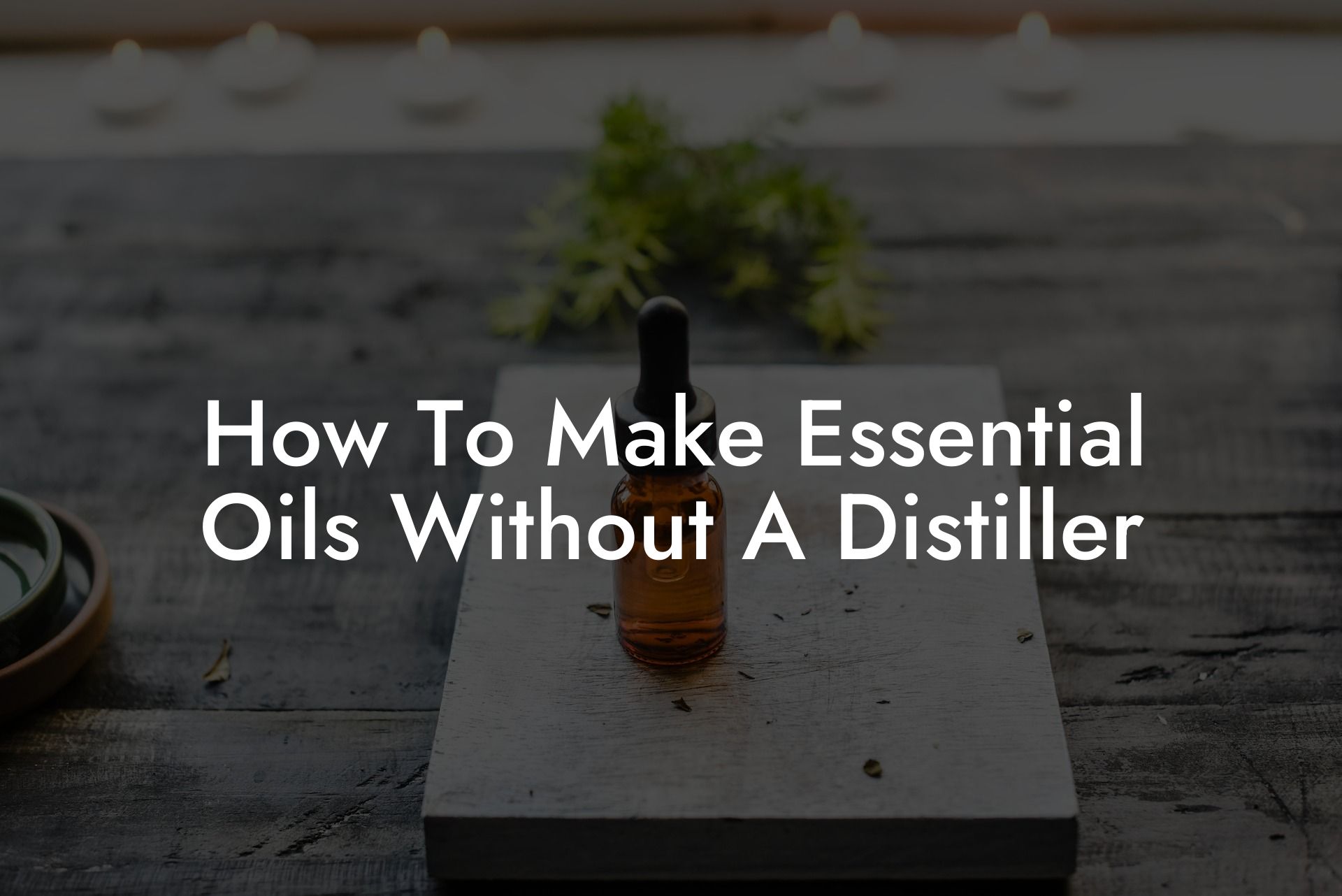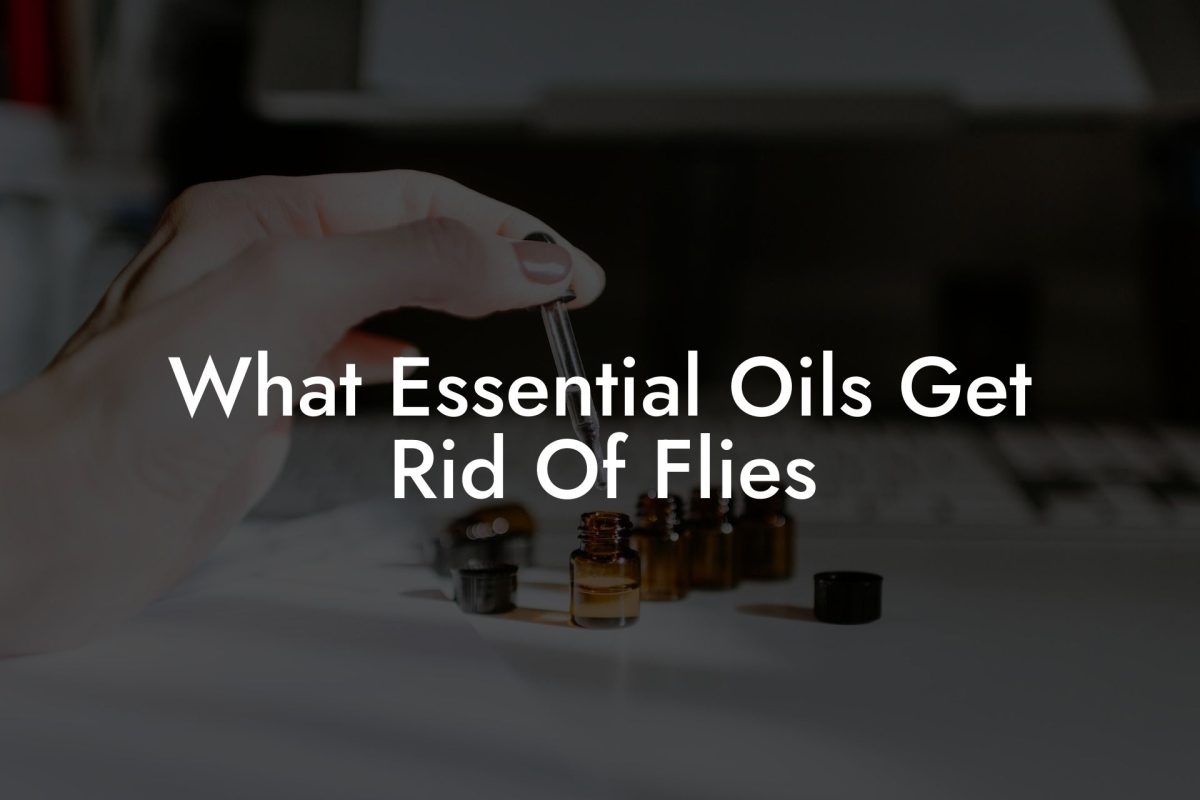Did you know that you can make your own essential oils without the need for a complicated distiller? With just a few simple tools and ingredients, you can create your own essential oil blends right in your own home. In this article, we will guide you through the process of creating essential oils without a distiller, empowering you to enhance your well-being and elevate your everyday environment with the power of aromacology.
Table of Contents
Choose Your Plant Material
It all starts with choosing the right plant material for your essential oil. Consider which scent or properties you desire, such as lavender for relaxation or lemon for energy. Make sure you are using fresh, organic, and pesticide-free plant materials to ensure a quality end product. Some popular plant materials for essential oils include:
- Flowers: Lavender, rose, chamomile
- Herbs: Peppermint, basil, rosemary
- Citrus fruits: Orange, lemon, lime
- Spices: Cinnamon, clove, ginger
- Woods: Cedarwood, sandalwood, pine
Methods for Making Essential Oils Without a Distiller
Here are a few methods to make essential oils at home without the need for a distiller:
Cold Press Method
- Gather your citrus peels or plant material and clean them thoroughly.
- Using a citrus zester, grate the peels of the fruit, avoiding the white pith.
- Place the zest on a clean cloth and fold it over, gently pressing the oils out of it. You can also use a rolling pin to press the oils out.
- Collect the oils that have seeped out onto a glass container, making sure not to dilute it with any water.
- Store the essential oil in a dark glass bottle, keeping it in a cool, dark place to prolong its shelf life.
Steam Infusion Method
- Fill a pot with water and bring it to a boil.
- Place a heat-safe glass bowl or stainless steel bowl inside the pot, making sure it is not touching the bottom of the pot.
- Add the plant material to the glass or stainless steel bowl.
- Reduce the heat to a simmer, and cover the pot with a lid that has been turned upside down, so the handle is pointing downwards.
- Fill the inverted lid with ice or cold water, to help with condensation and oil collection.
- Let the steam infuse the plant material for at least an hour, keeping an eye on the water levels and replenishing if necessary.
- When the infusion is complete, carefully remove the lid and collect the essential oil that has collected on the inverted lid and sides of the glass or stainless steel bowl.
- Store the essential oil in a dark glass bottle, keeping it in a cool, dark place to prolong its shelf life.
How To Make Essential Oils Without A Distiller Example:
Imagine yourself gathering fresh rosemary from your garden, followed by using the steam infusion method to capture its invigorating scent and properties in a homemade essential oil. Not only do you have a new understanding and appreciation for the process, but you also gain new opportunities to incorporate the power of aromacology in your daily life, by diffusing it during work hours, adding a drop or two in your cleaning solutions, or even creating unique gifts for friends and family.
Now that you know how to easily and effectively make essential oils without a distiller, you’re ready to embark on a journey to enhance your well-being by utilizing the natural power of plants. Explore more in-depth guides here on Oshu Oils to further your knowledge about essential oils and aromacology, and be sure to check out our exquisite range of Oshu Oils products. Each expertly crafted essential oil contains botanical ingredients chosen for their positive effects on sleep, energy, work, stress, and overall well-being. Don’t forget to share this article with others, and spread the love of aromacology and the art of essential oil making.





















